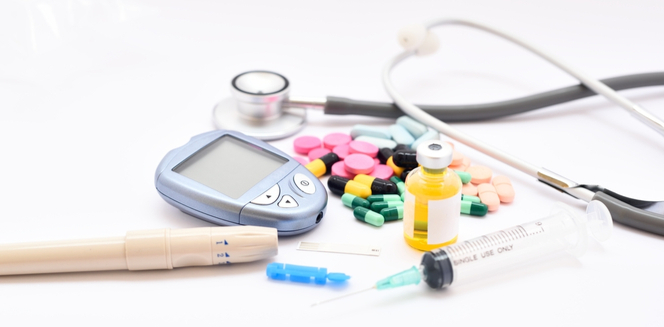Launch Of Wearable Drug Delivery Devices Opens New Opportunities For Self-Administration Of Medication

16 Jul
2020
You have to be a patient to know how troublesome the drug treatment and therapeutics are. Moreover, it is incredibly frustrating to adapt according to the treatment schedule and that’s why millions of dollars are spent to design and develop effective and minimally-invasive drug delivery devices to help make patient’s lifeless painful than it already is.Â
The ever-increasing prevalence of chronic disease and growth in the biologics market has increased the demand for drug delivery devices. According to Allied Market Research, the drug delivery devices market is expected to reach $26.74 billion by 2026, growing at a CAGR of 4.3% from 2019 to 2026.
Role of drug delivery devices
Thanks to advancements in drug delivery devices, more and more patients suffering from chronic illness choose to use home-use therapies such as wearable auto-injectors and prefilled syringes. This aids them to continue their treatment with fewer visits to their doctors. In addition, larger molecule biological drugs tend to be more viscous and may create challenges for drug delivery and possibly create pain on administration. If such treatments have to be administered frequently, the design of the drug plays a crucial part.
Now, when the entire world is dealing with the Covid-19 outbreak and the healthcare professionals are far too bust, people are encouraged to opt for self-administration within their houses and undergo treatment in a more relax and familiar setting. Thus, the user-friendliness of drug delivery devices is more important.
New launches in the industry
To ease the pain of the administration of drugs, several market players have unveiled their new drug delivery devices. For instance, Sorrel Medical, a manufacturer of wearable drug delivery devices, has launched its new manufacturing facility with the most innovative cleanroom facilities to improve the scalability of its wearable delivery devices.
This facility would improve its transition from initial design and development to scalable high-quality production of wearable drug delivery devices. The new facility includes an 80 square-meter cleanroom, which is expected to boost the initial production capacity to thousands of units every year.
Apart from this, Sorrel’s platform of pre-filled and pre-loaded wearable drug delivery devices enablesa simple and efficient way to self-administrate high viscosity medications. This device includes a primary container-agnostic configuration, which can easily accommodate a variety of industry-standard primary drug containers, smart sensing capabilities, and UV LED disinfection. This enables a precise administration.
The drug delivery design has gained a vital role in the healthcare industry, especially during this pandemic when healthcare professionals are busy dealing with Covid-19 patients and self-administration has become a necessity.This has created a profitable opportunity for the market players to improve their drug delivery devices and invest in developing wearable drug delivery devices. Apart from this, developing drug delivery devices could be profitable for manufacturers as well. It can help you extend the patent protection on a drug. Thus, it is safe to say that the drug delivery device market would witness a bright future if the devices become more and more supportive and easier for patients.

Koyel Ghosh
Author’s Bio- Koyel Ghosh is a blogger with a strong passion and enjoys writing in miscellaneous domains, as she believes it lets her explore a wide variety of niches. She has an innate interest in creativity and enjoys experimenting with different writing styles. A writer who never stops imagining, she has been serving the corporate industry for the last five years.
Avenue: Entire Library membership of Allied Market Research Reports at your disposal
- Avenue is an innovative subscription-based online report database.
- Avail an online access to the entire library of syndicated reports on more than 2,000 niche industries and company profiles on more than 12,000 firms across 11 domains.
- A cost-effective model tailored for entrepreneurs, investors, and students & researchers at universities.
- Request customizations, suggest new reports, and avail analyst support as per your requirements.
- Get an access to the library of reports at any time from any device and anywhere.
Related Post
-
How are Submarine Cables Transforming Global Connectivity with Enhanced User Experience?
-
Endoscopy Procedures: Transformations in Techniques and Applications
-
AI-Powered Video Analytics: How the Product Actually Works for enterprises
-
Painting Robots: Transforming Precision Coating and Creative Applications
-
Innovations in Pharmacovigilance Systems Advancing Patient Safety
-
Understanding Edge Security: Keeping Data Safe Near the Source
-
Exploring the Use and Advancements of 3D Laser Scanners in Professional Applications
-
Reinforcing Industrial Controls with Smarter Tools and Training








